Gardening FAQ #26 – What You Need To Know
In this article, we share what is stopping your seed raising, how to germinate your seeds, how to prevent plant sunburn and much more. Let’s go through the common gardening FAQ, problems and solutions you need when growing your plants either indoor and outdoor.
Seed-raising media may be too dry – a common question in gardening FAQ
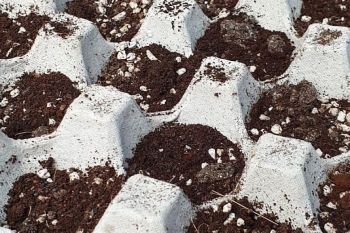 I tried growing the seeds but they do not seem to be growing. I tried cultivating the chye sim seeds using the egg crate method. It has been a week and nothing seems to be sprouting. What is the problem?
I tried growing the seeds but they do not seem to be growing. I tried cultivating the chye sim seeds using the egg crate method. It has been a week and nothing seems to be sprouting. What is the problem?
The seed-raising mix appears to be suitable for germinating seeds. However, it looks a bit too dry. When germinating seeds, the mix should be kept moist at all times. Seeds that are sown on the surface can easily dry out too.
The drying out of the mix or seeds at any juncture can lead to poor germination. Depending on the conditions of the environment, you may need to water one to two times daily to ensure the mix stays moist.
Another common reason for poor germination is where seeds are sown too deeply or the seed-raising mix is perpetually soggy. In both situations, low oxygen levels can deprive seeds of oxygen needed to germinate. Try moving up nearer to the surface.
If you want to do such transplant easily, you should explore using grow bags. See my other post on grow bags. Or another alternatives is to consider using raised garden kits. You can read our guide on using raised garden kit for more information.
Below is a short video showing you how to start seeds for beginners. It goes over the basics of soil mixture, water mixture and the different types of seeds. the planting depths and times to plant your seeds.
Monstera may be sunburnt
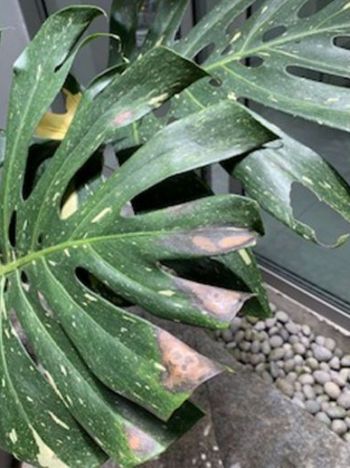 My variegated Monstera Thai constellation was healthy all this time. Last week, it started to have this symptom after I used poly fertiliser 21-21-21 mixed with water. I am not certain if this is the cause. Could you help?
My variegated Monstera Thai constellation was healthy all this time. Last week, it started to have this symptom after I used poly fertiliser 21-21-21 mixed with water. I am not certain if this is the cause. Could you help?
The leaves appear to be sunburnt, and suffer a secondary fungal infection.
Most nurseries produce and grow this plant under shaded conditions. Is the sunlight intensity of your growing area too strong for your plant?
For now, if the affected parts are not too widespread, prune them to arrest the spread of the infection.
Moving the plant to a brighter area should be done in a gradual manner, from lower to higher light levels. This plant can be adapted to grow under higher light levels. If you want to grow this better under control lighting, you can consider using a grow light. Read up my post on growing lights fixture where I show you the top 4 things you need to know.
Fertiliser burn can occur if the dosage of the solution is too high. If you are using a product for the first time, you may want to concoct a solution at a lower strength than what is instructed on the label. Also, apply it on a small and inconspicuous part of the plant to check for phytotoxicity.
Get professionals to help germinate the seeds of orchids
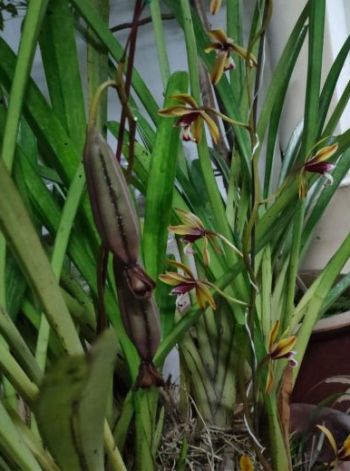 My orchid bloomed and withered, but two of the withered flowers turned into these. What are they and are they of any use?
My orchid bloomed and withered, but two of the withered flowers turned into these. What are they and are they of any use?
Your orchid plant has produced a fruit, commonly called a “seed pod” by gardeners. Unlike most other plants, orchid seeds are very small and must be penetrated by a specific fungus to germinate.
If you want to germinate your orchid seeds, you may want to engage the orchid seed germination service that is provided by several large orchid nurseries in your area.
Orchid seeds are germinated via in-vitro culture using a defined, sterile medium.

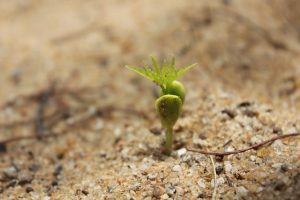
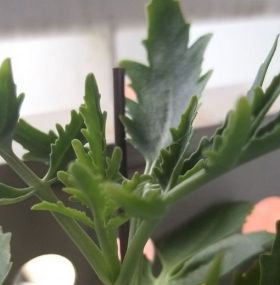 What is the name of this plant? Is it a medicinal herbal plant? If so, what are its uses?
What is the name of this plant? Is it a medicinal herbal plant? If so, what are its uses?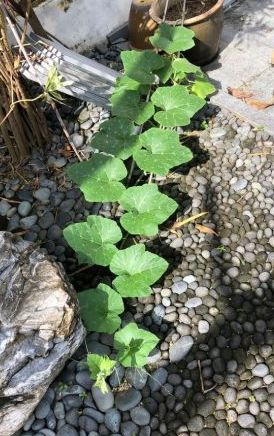 Allow pumpkin vine to mature to produce flowers – a common question in gardening FAQ
Allow pumpkin vine to mature to produce flowers – a common question in gardening FAQ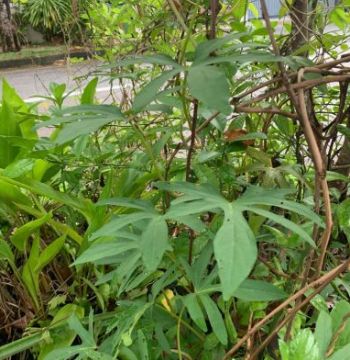 I have this plant in my garden. Is it edible?
I have this plant in my garden. Is it edible?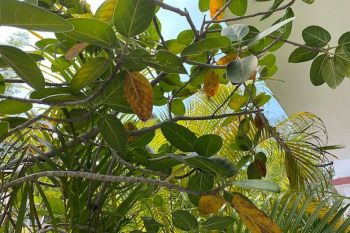 Why are the leaves of my plants turning yellow? The plants are both potted as well as grown in the ground.
Why are the leaves of my plants turning yellow? The plants are both potted as well as grown in the ground.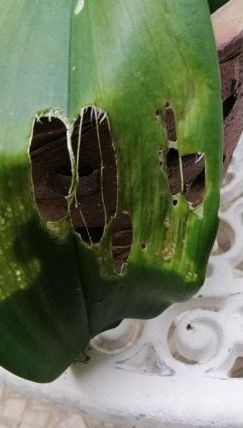 My orchids were growing well, but the leaves were attacked by a pest. The pots are placed on a high metal rack and get direct sun for half a day. There are squirrels and snails in my garden.
My orchids were growing well, but the leaves were attacked by a pest. The pots are placed on a high metal rack and get direct sun for half a day. There are squirrels and snails in my garden.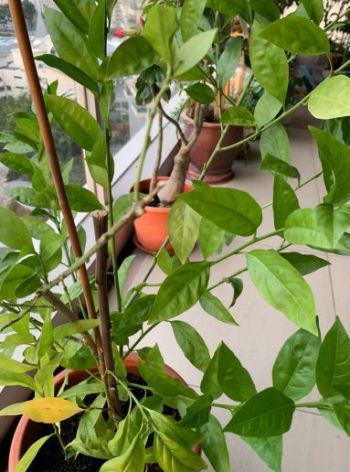 What is the name of this plant? I was told it produces fragrant flowers, but there have been no blooms even after I apply flowering fertilisers. The leaves also turn yellow and drop off sometimes. Why is that happening?
What is the name of this plant? I was told it produces fragrant flowers, but there have been no blooms even after I apply flowering fertilisers. The leaves also turn yellow and drop off sometimes. Why is that happening?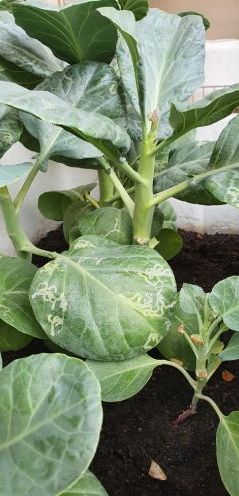 My kailan plants were growing well, albeit slowly. I transplanted the seedlings in early June and the leaves have not grown to full size yet. But recently, yellow streaks started appearing on the leaves. The new leaves also looked dried out. I check the soil’s moisture and water the plants regularly. What could be the problem?
My kailan plants were growing well, albeit slowly. I transplanted the seedlings in early June and the leaves have not grown to full size yet. But recently, yellow streaks started appearing on the leaves. The new leaves also looked dried out. I check the soil’s moisture and water the plants regularly. What could be the problem?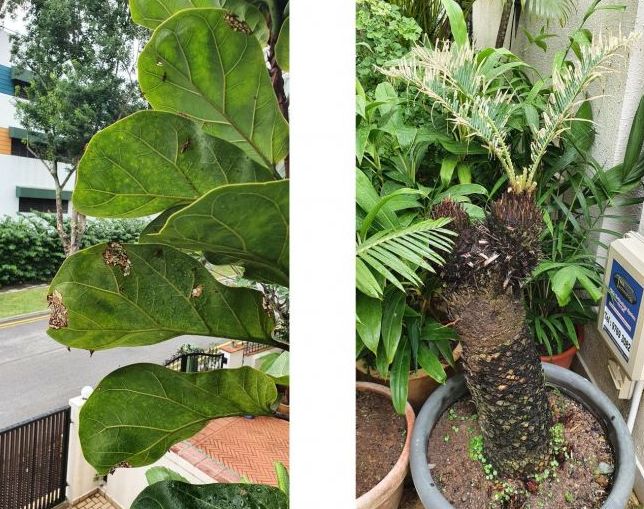
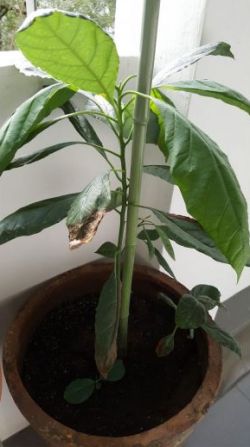 What is wrong with my avocado plant? Its leaves are drying up. Is this due to disease or other problems? How can I keep my plant healthy in dry climate?
What is wrong with my avocado plant? Its leaves are drying up. Is this due to disease or other problems? How can I keep my plant healthy in dry climate?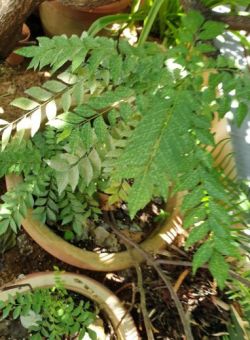 My curry leaf plant has white spots. What is wrong with it and what can I do to bring it back to health?
My curry leaf plant has white spots. What is wrong with it and what can I do to bring it back to health?